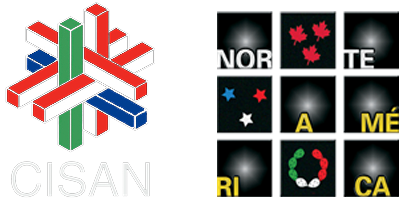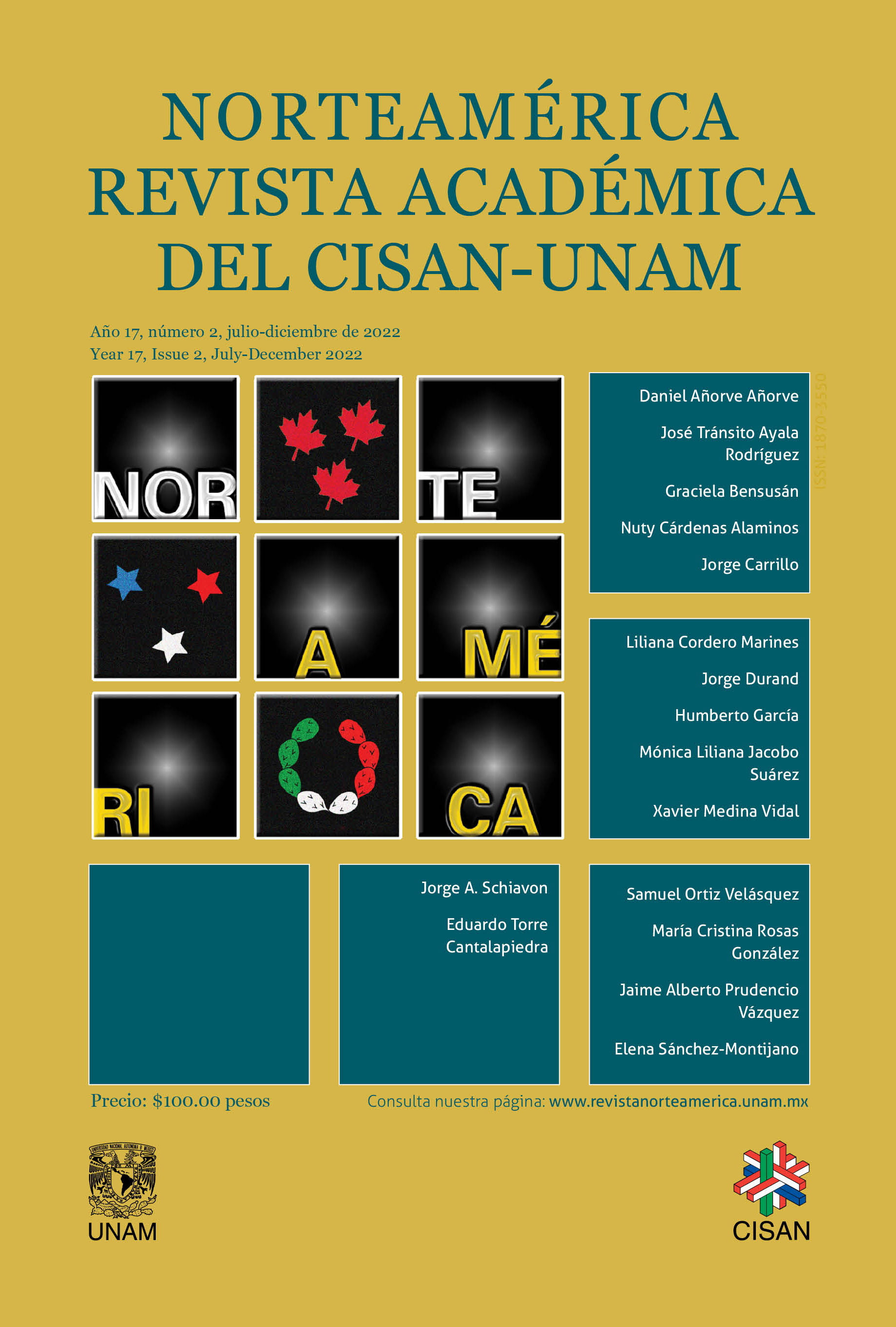Abstract
Given the possibility that an automotive company located in Mexico could be accused of social dumping if it does not respect the rules of the T-MEC and the internal norms on freedom of association and bargaining, which require union representativeness and workers' support for collective bargaining, it could be expected that future negotiations will establish explicit criteria aimed at wage recovery. In this context, it is important to consider by how much wages should be raised in order to avoid becoming precarious in the automotive industry. Given the existing wage heterogeneity among different companies, derived from regional characteristics and different technological levels and product segments, this article asks how generalized or specific the wage determination in future union negotiations should be. To provide an answer, this article compares living wages calculated for companies located in different regions, with different country of origin, seniority, market segment and production volume. From this exercise, wage gaps are identified that can serve as a reference in negotiations under the new T-MEC labor regulations. The article performs an ad hoc adaptation of the living wage methodology of Anker and Anker (2017) in plants in Aguascalientes (Nissan I and II), Hermosillo (Ford), Puebla (VW), San Luis Potosí (General Motors) and Toluca (Chrysler-Fiat), calculated for 2017 and 2019.

This work is licensed under a Creative Commons Attribution-NonCommercial-NoDerivatives 4.0 International License.
Copyright (c) 2022 Humberto García, Jorge Carrillo, Graciela Bensusán



